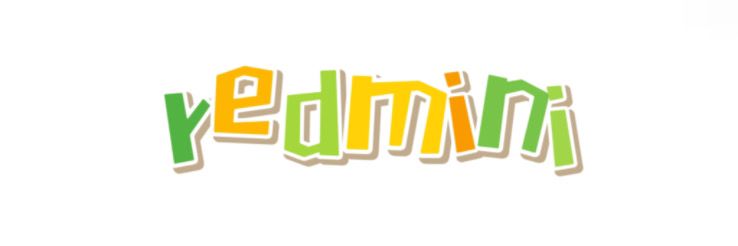Baling Wire for Recycling Foam: Trends and Tips for 2025
As environmental concerns continue to rise, the recycling industry is evolving to adapt to new materials and methods. Among these are innovative techniques for recycling foam, specifically utilizing baling wire for recycling foam to optimize the process. Below are some trends and tips for the year 2025 that you should consider if you’re in the recycling sector.
The company is the world’s best Baling wire for recycling foam supplier. We are your one-stop shop for all needs. Our staff are highly-specialized and will help you find the product you need.
1. Sustainable Materials in Foam Production
Manufacturers are increasingly adopting bio-based and recyclable materials in foam production. This shift not only reduces waste but also makes recycling easier. Focus on sourcing foams that are labeled as recyclable to facilitate smoother recycling processes.
2. Growing Demand for Recycled Foam Products
There is a rising demand for products made from recycled foam, such as insulation materials and packaging solutions. Consider investing in technology that transforms recycled foam into usable products, as this can significantly enhance profitability while supporting sustainability.
3. Enhanced Baling Techniques
Utilizing advanced baling wire for recycling foam can improve efficiency and reduce costs. Here are some techniques to consider:
Explore more:7 Essential Benefits of Using Pipe Holding Clamps for Food and Beverage Customization
- Opt for High-Quality Baling Wire: Invest in heavy-duty baling wire that can withstand wear and tear during the baling process.
- Maintain Equipment: Regularly inspect and maintain baling machines to enhance performance and reduce downtime.
- Implement Automated Baling Systems: Automation can streamline the baling process, reducing labor costs while increasing output.
4. Community Engagement and Education
Are Pipe Holding Clamps the Future of Food Safety?
Choosing the Right Custom Aluminum Coil Thickness for Your Project Needs
Educating the community about recycling foam is crucial. Consider the following strategies:
- Host Workshops: Organize events that teach community members how to recycle foam properly.
- Provide Incentives: Offer incentives for local businesses to engage in foam recycling initiatives.
- Distribute Informational Materials: Create brochures or flyers that outline best practices for foam recycling.
5. Regulatory Changes and Compliance
Staying updated on local and national regulations concerning recycling is essential. Here are key points to consider:
- Understand Local Laws: Research local laws regarding foam recycling and ensure compliance.
- Participate in Industry Workshops: Attend workshops or conferences that address new regulations.
- Join Recycling Associations: Become a member of industry organizations to stay informed on changes and advancements.
6. Collaboration with Manufacturers
Forming partnerships with foam manufacturers can lead to improved recycling processes. This collaborative approach can help both parties:
- Develop Recycling Programs: Create programs together to recycle foam waste generated during production.
- Share Resources: Pool resources with manufacturers for better equipment and technology.
- Innovate Together: Work on research and development projects focused on creating more recyclable foam materials.
In conclusion, as we venture into 2025, focusing on sustainable practices, community education, and utilizing quality baling wire for recycling foam can create a more efficient and eco-friendly recycling process. Embracing these trends will contribute to a cleaner environment while also offering economic advantages for businesses involved in foam recycling.
Are you interested in learning more about Custom Black annealed wire for agricultural use Manufacturer? Contact us today to secure an expert consultation!
34
0
0

Comments
All Comments (0)